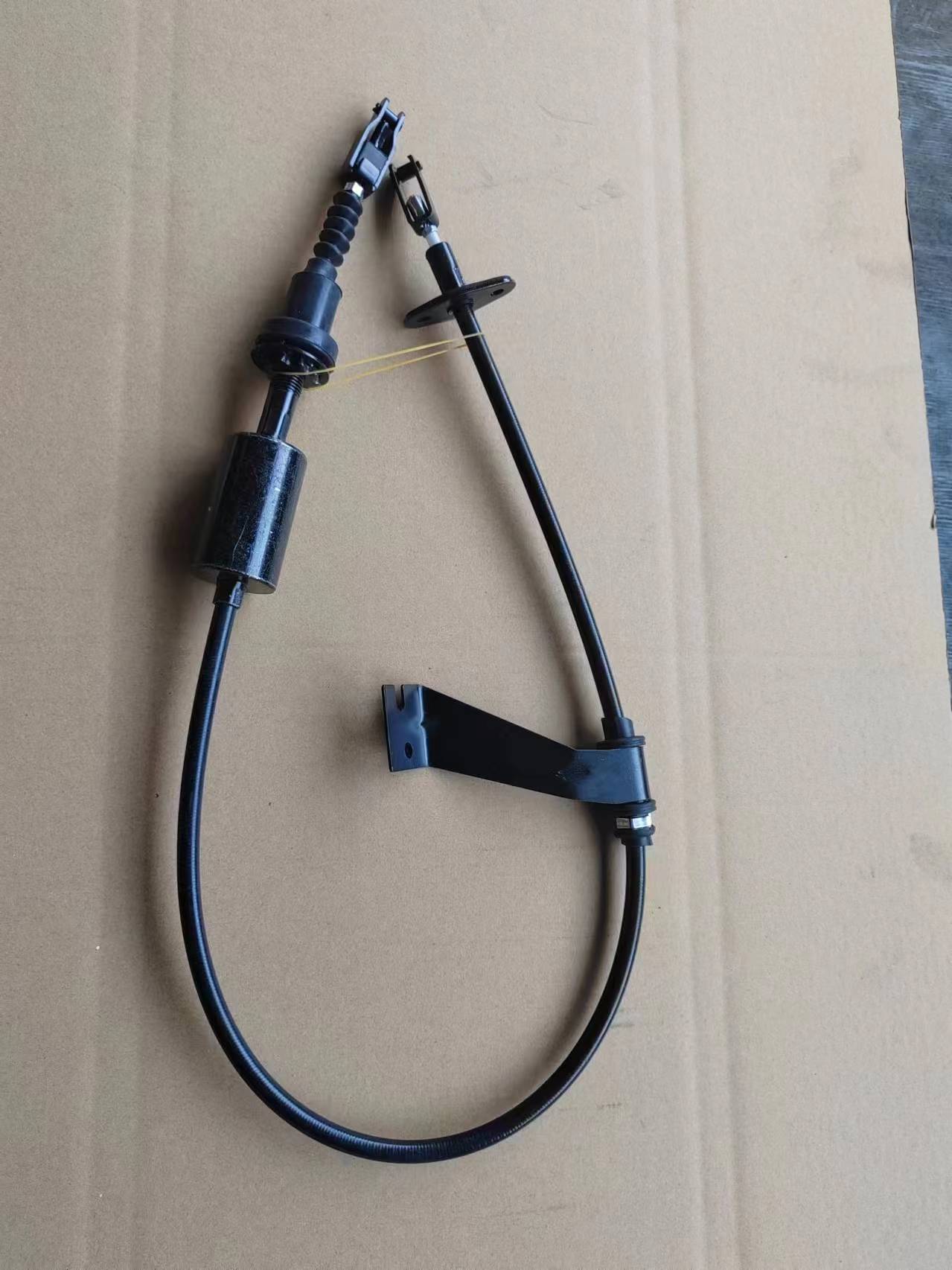gear shift cable
Understanding Gear Shift Cables Importance and Maintenance
A gear shift cable is an essential component in vehicles equipped with automatic or manual transmissions. It serves as the connection between the gear shifter inside the vehicle—where the driver selects the desired gear—and the transmission system that actually engages the selected gear. The efficiency and effectiveness of the gear shift cable can significantly affect the overall driving experience. In this article, we will explore the importance of gear shift cables, common issues, and tips for proper maintenance.
Importance of Gear Shift Cables
The primary function of the gear shift cable is to translate the driver’s intentions into mechanical movements within the transmission system. When a driver selects a gear by moving the shifter, the gear shift cable transmits this action to the transmission, which engages the chosen gear. This process is not merely about shifting gears; it is critical for ensuring that the vehicle operates smoothly, efficiently, and safely.
A properly functioning gear shift cable contributes to the overall performance of the vehicle. It ensures that gear changes are seamless, allowing for better acceleration and control. Any malfunctions within this system, such as fraying or stretching of the cable, can lead to issues such as difficulty in shifting gears, slipping out of gear, or even causing the vehicle to be stuck in one gear. Such problems can compromise both the performance of the vehicle and the safety of its occupants.
Common Issues with Gear Shift Cables
Over time, gear shift cables can wear out due to regular use
. Some common issues include1. Cable Wear or Fraying With frequent use, the protective casing of the cable may wear down, leading to fraying. This can affect the cable’s ability to function correctly, resulting in difficulty shifting gears.
2. Stretching Gear shift cables can stretch due to constant stress. When a cable stretches, it can lead to slack, making it harder for the driver to engage or disengage gears effectively.
3. Corrosion Like many vehicle components, gear shift cables are prone to rust and corrosion, especially in regions with heavy rainfall or salt on the roads. Corrosion can cause the cable to stick, hindering its movement and leading to shifting issues.
gear shift cable

4. Improper Installation Sometimes, gear shift cables may be improperly installed during maintenance or replacement. This can create tension and result in poor shifting performance.
Maintenance Tips
Proper maintenance of gear shift cables is crucial for ensuring their longevity and optimal performance. Here are some tips for maintaining your vehicle’s gear shift cables
1. Regular Inspection Regularly check the condition of the gear shift cable. Look for signs of wear, fraying, or corrosion. Early detection of issues can prevent more severe problems down the line.
2. Lubrication Apply grease or lubricant to the moving parts of the cable system as per the manufacturer's recommendations. This helps reduce friction and prevents the cable from sticking.
3. Keep it Clean Ensure that the area around the cable and shifter is clean and free of debris. Dust and dirt can accumulate and interfere with the cable's movement.
4. Professional Servicing If you experience any issues with shifting gears, consult a professional mechanic. Avoid attempting to fix major issues without the necessary expertise, as this could lead to further complications.
5. Replacement If you notice persistent issues despite maintenance, it might be time to replace the gear shift cable. Always use high-quality parts that fit your specific vehicle model to ensure optimal performance.
Conclusion
In conclusion, the gear shift cable is a critical component in the operation of a vehicle's transmission system. Understanding its importance and recognizing potential issues can help drivers maintain their vehicles effectively. By conducting regular inspections and using proper maintenance techniques, vehicle owners can enhance the longevity and functionality of their gear shift cables, ensuring a smoother and safer driving experience. Remember, attention to this small yet vital component can lead to significant improvements in vehicle performance and overall satisfaction on the road.
-
Upgrade Your Control with Premium Throttle CablesNewsAug.08,2025
-
Stay in Control with Premium Hand Brake CablesNewsAug.08,2025
-
Experience Unmatched Performance with Our Clutch HosesNewsAug.08,2025
-
Ensure Safety and Reliability with Premium Handbrake CablesNewsAug.08,2025
-
Enhance Your Vehicle with High-Performance Clutch LinesNewsAug.08,2025
-
Elevate Your Ride with Premium Gear CablesNewsAug.08,2025
